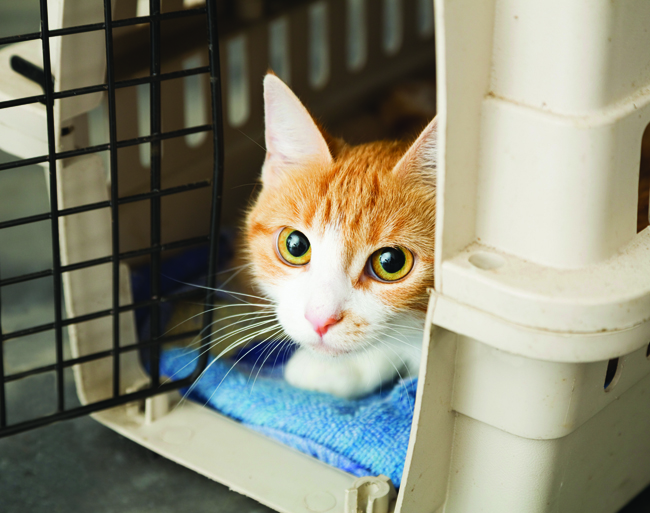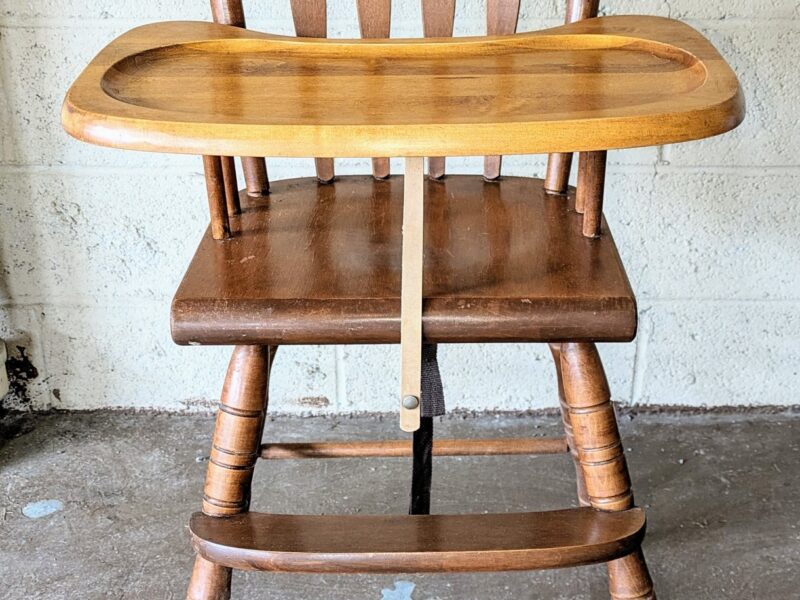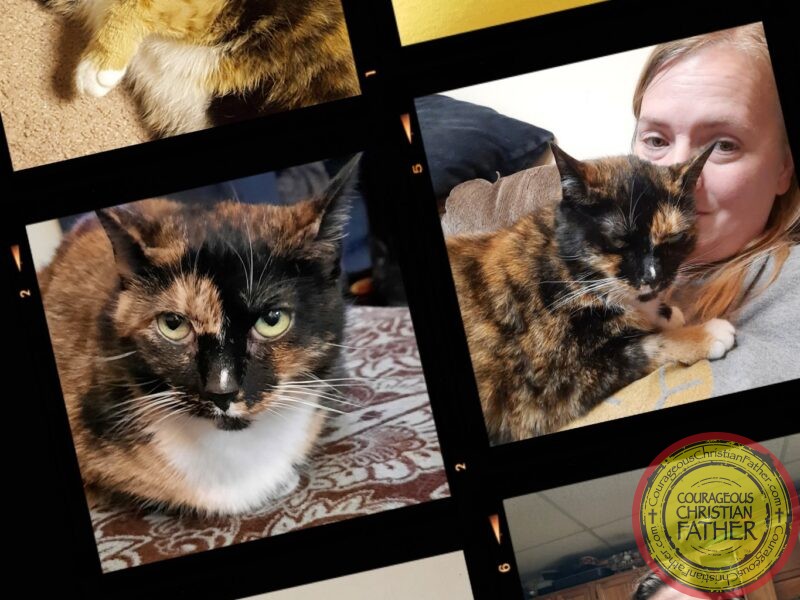I have had two cats in my life. First one is Missy. The cat I have now is named Lilly Bug. I saw this and knew I had to share with my readers this article since it is about time for me to take my cat back for her yearly check up and rabies shot.
Some pets handle trips to the veterinarian better than others. Animals used to car trips or spending ample time among other animals might not hesitate to get in the car for routine vet visits, while pets that don’t often socialize with other animals may be more resistant when it’s time for their routine medical checkups.

Make vet visits easier on cats
Frisky felines may experience some anxiety when leaving the house, and that anxiety may only increase upon arriving at the vet’s office. While cats may never be excited by trips to the vet, the American Association of Feline Practitioners offers the following advice to cat owners who want to make their cats’ vet visits go as smoothly as possible.
- Make the carrier a place cats can feel comfortable in. The AAFP advises that cat owners should always transport their cats in a carrier so trips are as safe as possible. Place a small blanket or toy inside, and keep the carrier in an area of your home where cats feel comfortable. Doing so encourages cats to see the carrier as a safe haven. If they do, then they will be less likely to resist their owners’ efforts to get them into the carrier in advance of their vet visits. Another way to make the carrier more inviting is to spray the carrier with Feliway® roughly 30 minutes before the cat needs to enter the carrier. Feliway simulates cat pheromones and can make a cat feel more comfortable about entering the carrier. Covering carriers with towels also may soothe cats’ anxiety, preventing them from seeing the unfamiliar.
- Give yourself time to get cats ready to go. It can take time to get cats on board with the idea of getting into their carriers. Allow yourself enough time to calmly get your cat into its carrier. Rushing things may only increase the cat’s existing anxiety, and that can create problems at the vet’s office and set a bad precedent for future visits.
- Keep cats in their carriers upon arriving at the veterinarian’s office. Do not remove cats from their carriers while sitting in the vet’s waiting room. Instead, keep cats in their carriers, maintaining eye contact and speaking to them in soft tones to calm their nerves.
- Prepare for the vet visit in advance. The more time cats spend in the vet’s office, the more restless they may become. Save time and reduce the chances your cat will suffer an anxiety attack by preparing for the visit in advance. Prepare a list of questions for the vet and write down any abnormalities regarding your frisky friend’s behavior when applicable. If your vet is willing, you may even want to email him or her such questions and concerns in advance of the visit. Doing so can save you and the vet some time, while also reducing the amount of time your cat spends out of its comfort zone.
Cats may be hesitant to leave their homes, but cat owners can take several steps to make vet visits more pleasant.
Article compliments of Metro. PE164019
About the Author
Discover more from Courageous Christian Father
Subscribe to get the latest posts sent to your email.


